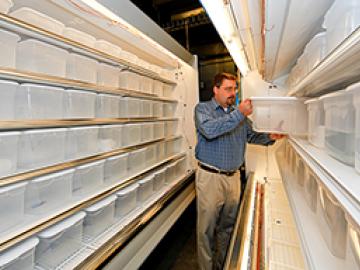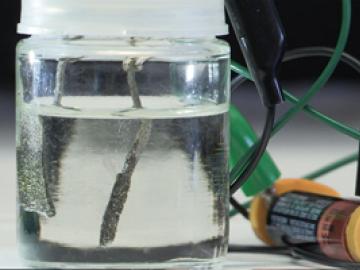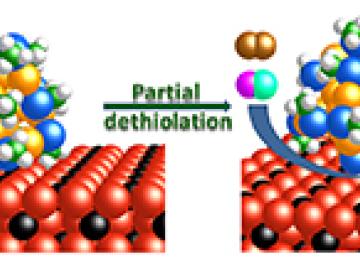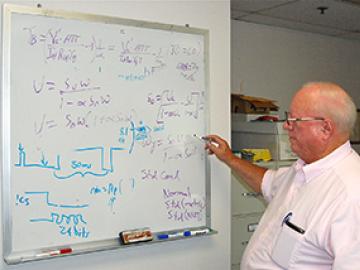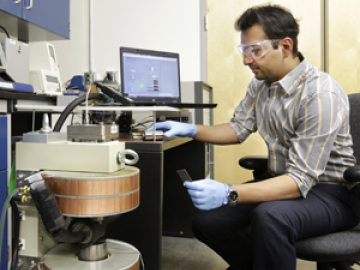
Neutrons reveal the existence of local symmetry breaking in a Weyl semimetal

Researchers at the Department of Energy’s Oak Ridge National Laboratory have demonstrated an additive manufacturing method to control the structure and properties of metal components with precision unmatched by conventional manufacturing processes. Ryan D...


